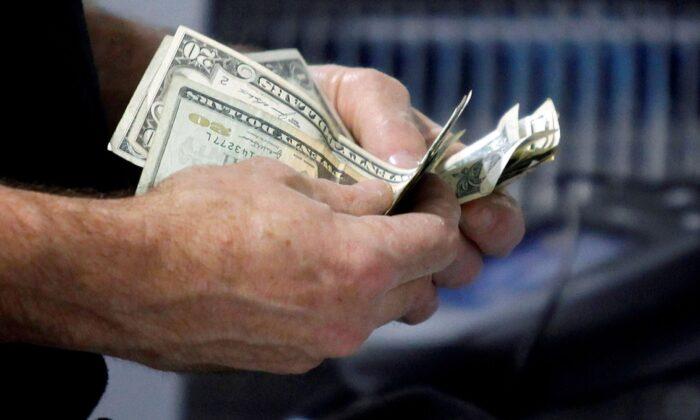U.S. consumers increased their short-term and medium-term inflation expectations again in September, but they lowered their views on how much home prices, fuel costs, and other expenses will rise over the next year, according to a survey released on Tuesday by the New York Federal Reserve.
Median expectations for what inflation will be over the next year rose for the eleventh consecutive month to 5.3 percent, the highest level since the survey was launched in 2013. Expectations for what inflation will be in three years rose to a median of 4.2 percent, up from 4.0 percent in August, also reaching another series high.
The latest gauge of consumers’ expectations come as Fed officials are trying to decipher whether the higher inflation spurred by the pandemic has lasting power—which could require a policy response—or if it will subside on its own.

A separate blog post published by the New York Fed last month found that longer-term inflation expectations remain well-anchored this year when compared to two years ago, before the pandemic.
Fed Chair Jerome Powell said the central bank could start reducing its asset purchases from the current pace of $120 billion a month as soon as November. Policymakers set a higher bar for raising interest rates and are split on when they expect rates to rise, with nine out of 18 Fed officials saying at the September meeting that they expect the first rate increase as early as next year.
The September survey, which is based on a rotating panel of 1,300 households, showed that consumers lowered their expectations for how much some essential expenses will rise over the near term.
The price of gas is expected to rise by a median of 5.9 percent over the next year, down “sharply” from 9.2 percent in August. Expectations for home prices decreased for the fourth consecutive month, with consumers now expecting prices to rise by 5.5 percent over the next year, down from 5.9 percent in August.





